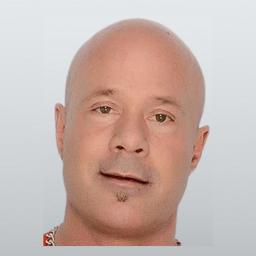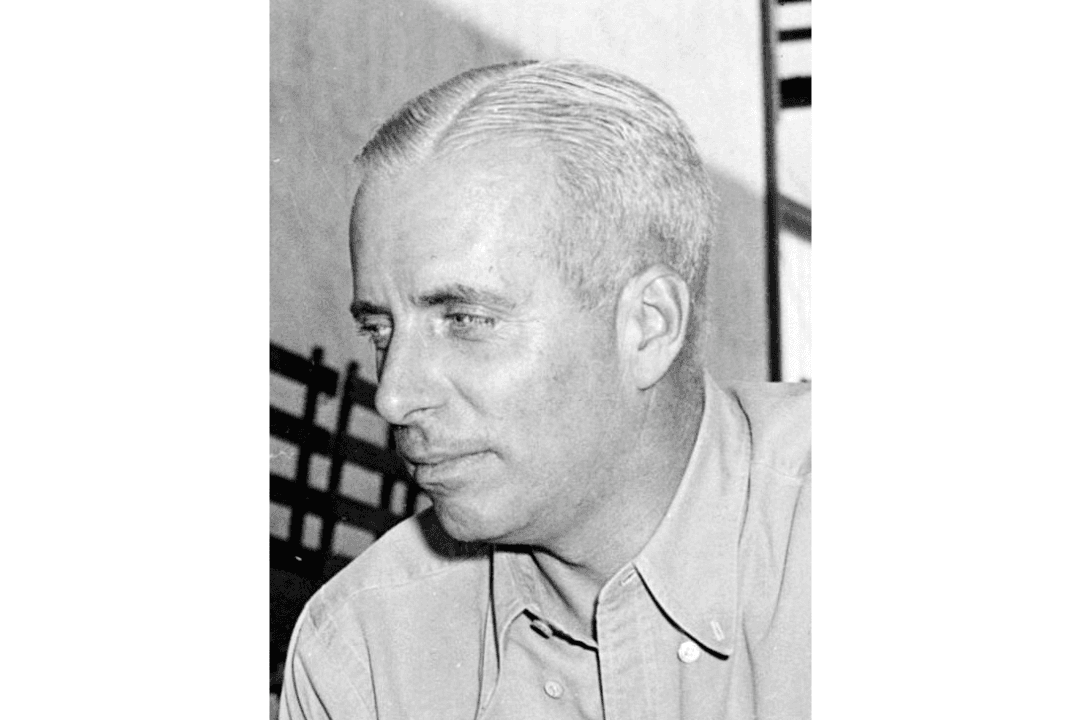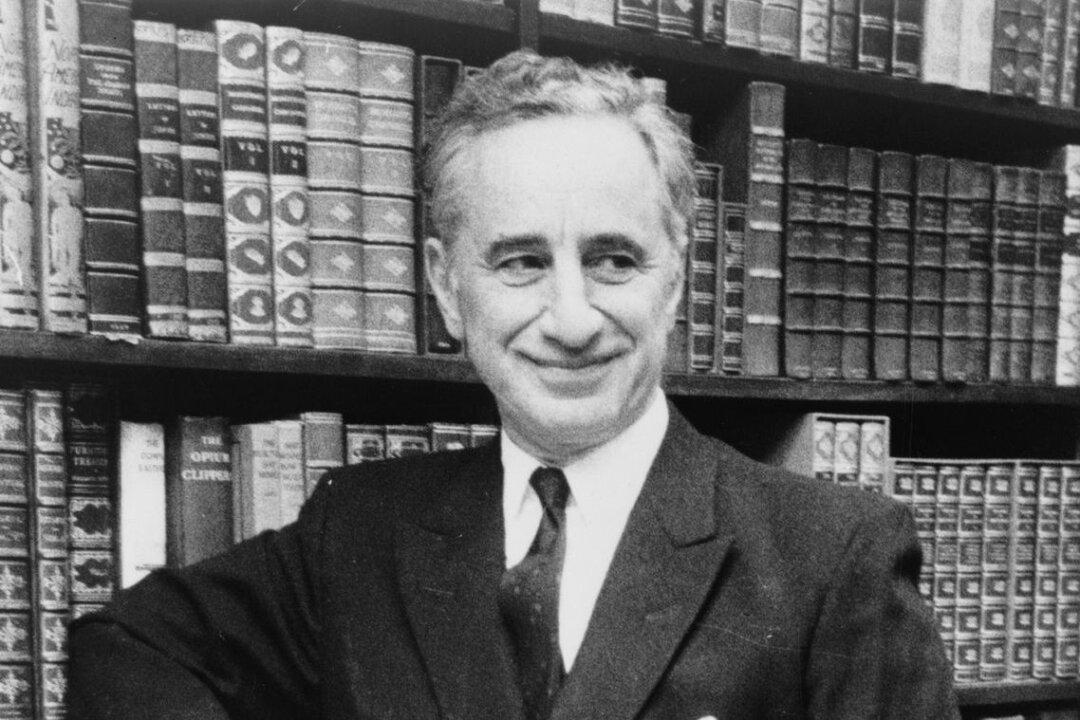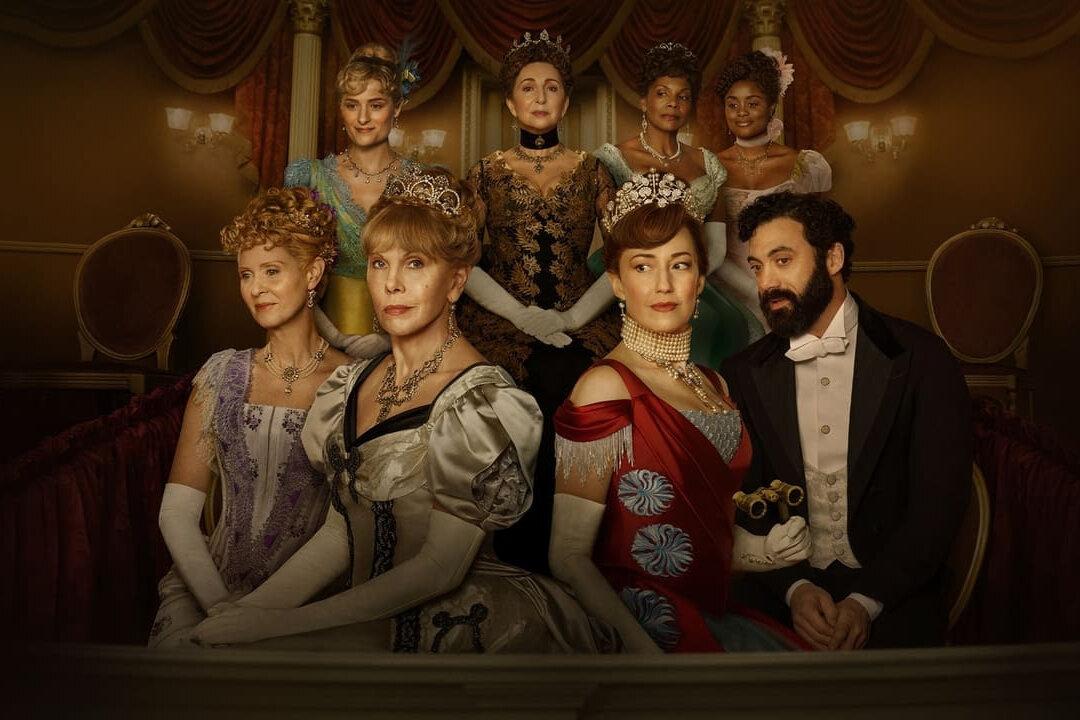What do Houdini, Bob Hope, and Don the Talking Dog have in common? They all started out in vaudeville.
What was vaudeville? The word is French for a kind of comic song, but in North America it came to mean theatrical presentations of unrelated acts—singers, comics, dancers, magicians—and it dominated our popular culture for half a century, roughly 1880–1930.
Today, with every kind of music and show available instantly at the touch of a button, it’s easy to forget that for all of human history, until about 1900, all entertainment was live. In the Middle Ages, for example, people found good music in church or went to a beer hall to hear a wandering minstrel. By the 19th century, owning a piano was both a status symbol and a way to make your own kind of music at home, with family and friends. A “musical evening” might feature a daughter on the piano, a son on violin, a cousin crooning Irish ballads, and an aunt warbling operetta.
But where, before 1900, could Americans find entertainment outside of the home? There were fairs, traveling circuses, and bafflingly popular blackface minstrel shows serving up songs, jokes, and dancing.
In the West, “medicine shows” drew crowds with music, fortunetelling, musclemen, and other attractions to sell “miracle elixirs” said to cure every affliction. (Disappointed customers coined a name for these products: snake oil!)

Variety
In cities and towns, saloons discovered that comedians and dancing girls brought in customers who stayed longer and drank more. These shows, called “variety” because they consisted of miscellaneous acts, pleased their rowdy, all-male audiences with vulgar songs and crude humor. Gambling and brawling abounded in the so-called concert saloons. No decent woman would be caught dead in such a place.By the 1870s, theaters were offering variety and a former circus clown, Tony Pastor, had a thought. Variety, he realized, by playing only to men in drinking establishments, was missing half its potential audience. Could cleaner entertainment in a more wholesome setting attract ladies as well, maybe even children?

“Everything in Pastor’s was fresh and new. The seats were priced at a dollar and a half—the same as those in theaters which had drama or comic opera as their attractions. … Tony Pastor’s Theatre set a standard that was unique and drew as many women as men. Every act was scrupulously clean and free from any suggestiveness.”

Birth of Vaudeville
To distinguish his shows from variety, Pastor gave them a classy foreign name, “vaudeville,” and they were a smash. Other promoters jumped in. After much dickering, merging, and backstabbing, they formed theater chains across the country.Called “circuits,” these chains offered performers steady work, as they moved from town to town. Successful managers like B.F. Keith and Edward Albee (grandfather of the playwright) were soon rivaled by others like Alexander Pantages, whose name still graces theaters in Minneapolis and Hollywood, and Marcus Loew, whose circuit eventually became AMC-Loews-Cineplex.
By the turn of the last century, vaudeville was so popular that many families, lured by the constantly changing bills, went two, three, or more times a week. It was television before television. At vaudeville’s peak, according to S.D. Trav in “No Applause—Just Throw Money,” Brooklyn, New York, alone boasted 53 vaudeville theaters. And Stein writes that nationwide there were more than a thousand. Performers came largely from working-class and immigrant families. Irish, Jewish, and Black Americans found opportunities in vaudeville denied them elsewhere.

Competition was fierce, not only between managers to sign the best talent but also between performers to outdo their rivals. Skill levels rose sharply, along with salaries. In variety, a singer was lucky to get $40 a week. Trav says that, in vaudeville, Lillian Russell earned $3,000 (in today’s money, $80,000) a week!
Three Surprising Stars
Frances Gumm made her stage debut at age 2, singing “Jingle Bells.” Her mother, determined to make her daughters vaudeville stars, dragged them from theater to theater. In Los Angeles, she wangled an audition for the Gumm Sisters at MGM, but the studio bosses wanted only the little one, Frances. They changed her name to Judy Garland.
Archie Leach was an acrobat with a British troupe that came to America. Mae West spotted him outside the window of her studio office and made him her leading man for two films. That was the beginning of Hollywood legend Cary Grant.
The Legacy
By the 1920s, vaudeville was losing its biggest stars to Broadway and Hollywood. Films, initially shorts shown between vaudeville acts, became longer and better, until becoming the main attraction. Vaudeville venues, one after another, became movie theaters. By 1932 when New York’s Palace Theatre, the crown jewel of vaudeville, switched to movies only, it was the end of an era.But the legacy lived on. Vaudeville was an unbeatable training ground; its graduates became the 20th century’s most beloved entertainers. Charlie Chaplin, Buster Keaton, Ginger Rogers, Milton Berle, Will Rogers, Mickey Rooney, Julie Andrews, Sammy Davis Jr., Burns & Allen, Laurel & Hardy, … the list is endless.

The eclectic spirit of vaudeville survived in Las Vegas and on TV, especially in variety shows like those of Ed Sullivan and Carol Burnett. Today, as we channel surf or click around YouTube, we create our own “mixed bills,” not so different from the ones Americans enjoyed together over a century ago, in vaudeville.






